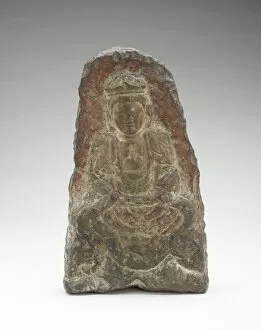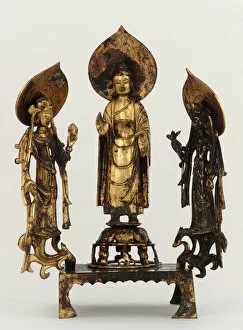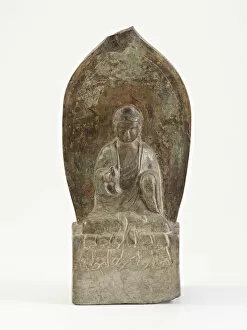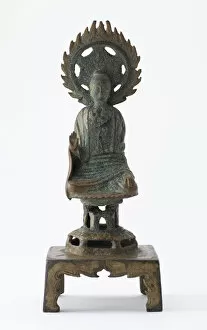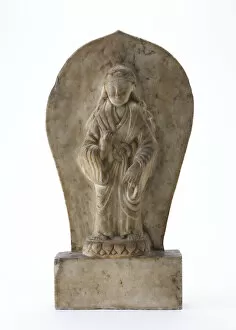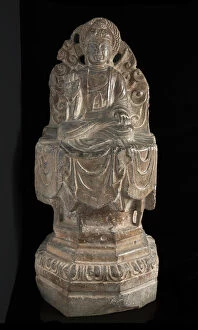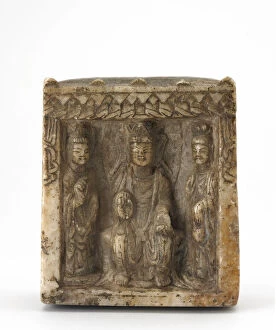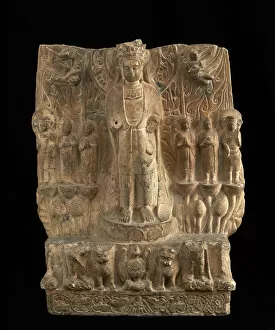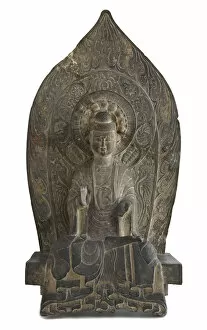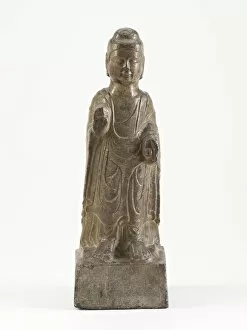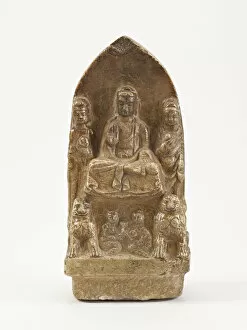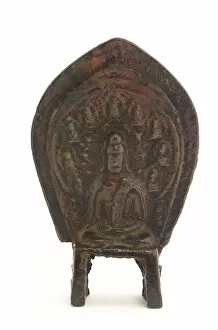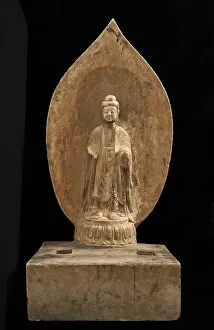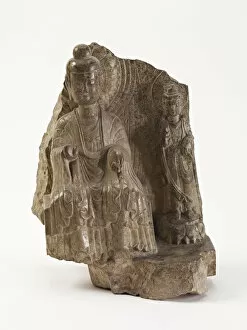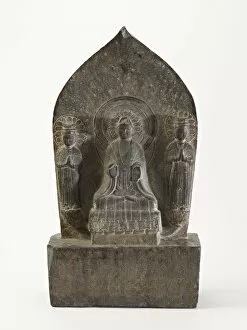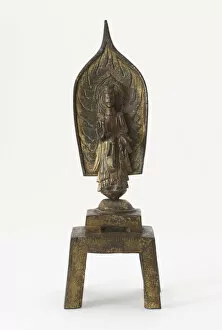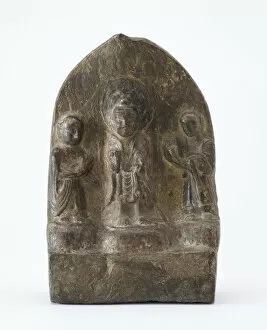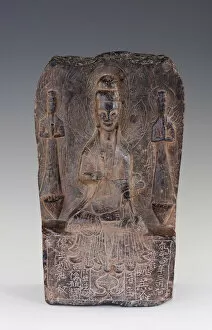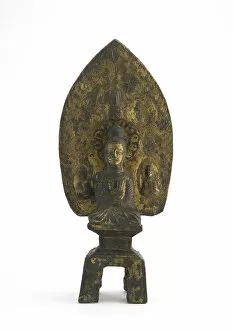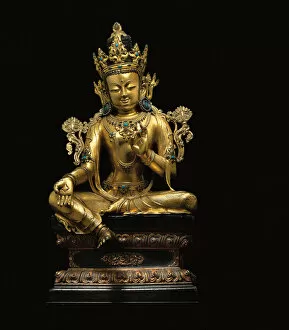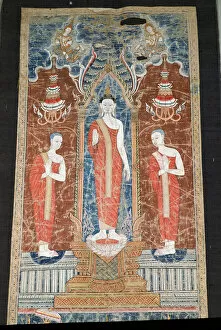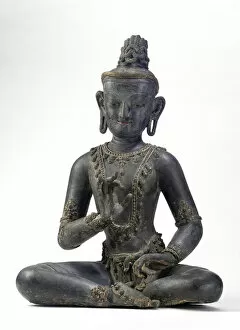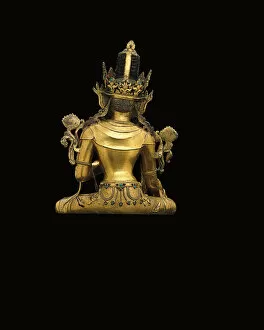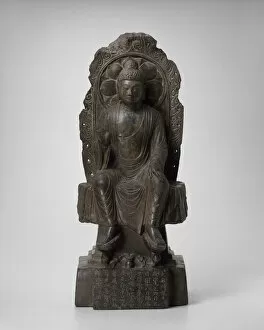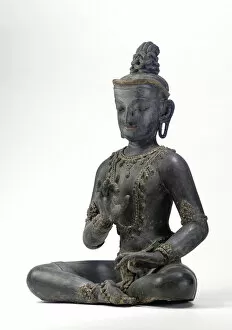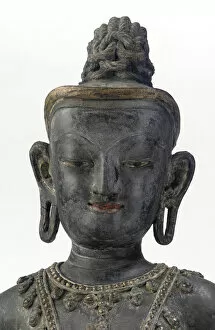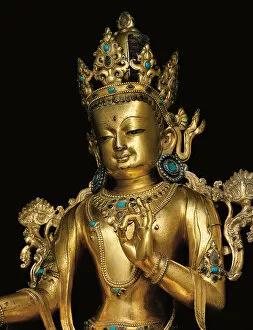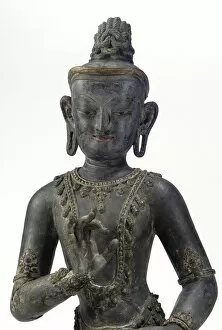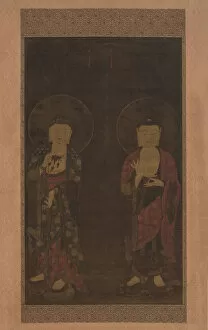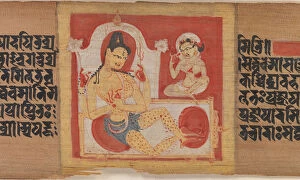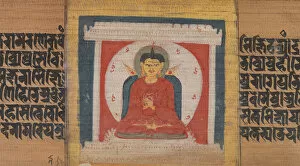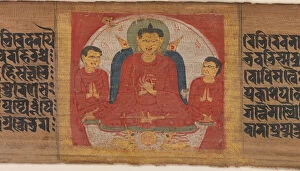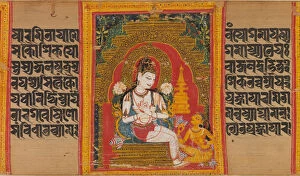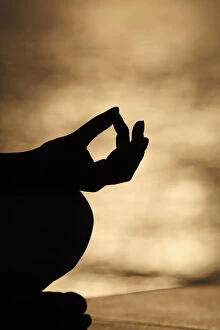Mudra Collection (#3)
"Mudra: The Sacred Hand Gestures of Enlightenment" In the heart of Paris, France
For sale as Licensed Images
Choose your image, Select your licence and Download the media
"Mudra: The Sacred Hand Gestures of Enlightenment" In the heart of Paris, France, lies a hidden treasure that transcends time and space - the intricate details of mudras adorning a majestic Buddha statue. This exquisite masterpiece stands as a testament to the rich spiritual heritage that has permeated Europe for centuries. Traveling further east, we find ourselves in Cambodia, where ancient Khmer carvings from Angkor Wat depict a seated Buddha in the Vitarka Mudra. With elephants and warriors below, this scene captures the essence of teaching the dharma, or Buddhist law. As we delve deeper into history, we encounter a Buddha statue with the dharmachakra mudra gesture from the 2nd-3rd century. This hand position symbolizes turning the wheel of Dharma and spreading enlightenment to all corners of existence. The divine mother Tara graces our vision next - her seven eyes watching over us while her right hand rests gracefully in varada mudra position. Generosity emanates from her being as she sits upon a lotus flower, embodying compassion and benevolence. A crowned Buddha catches our attention next; his Bhumispara mudra radiating power and authority. Crafted with wood, gilt, and colored glass during the 19th century AD, this piece showcases artistic mastery intertwined with profound spirituality. Moving on to Central Java in Indonesia brings us face-to-face with Bodhisattva Avalokitesvara. Crafted from bronze during the 9th-10th century period, this sculpture exudes grace and serenity while embodying compassion for all sentient beings. Venturing into Daoist traditions leads us to Zhenwu - Perfected Warrior Supreme Emperor of Dark Heaven during China's Ming dynasty. His presence embodies strength and protection against malevolent forces while guiding seekers towards enlightenment. Tang dynasty presents us with another remarkable depiction - a standing Buddha offering reassurance through the Abhaymudra gesture.


